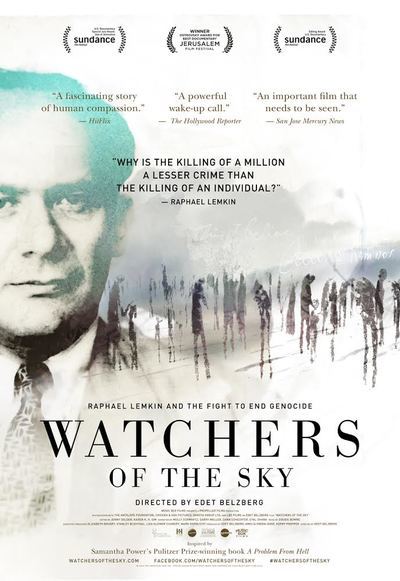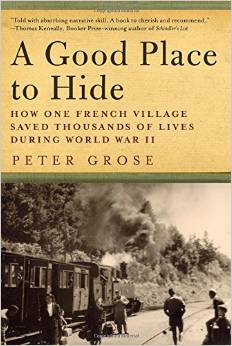Bystanders, Rescuers or Perpetrators? The Neutral Countries and The Shoah
Edited by Corry Guttstadt, Thomas Lutz, Bernd Rother, Yessica San Román
 This volume offers a trans-national, comparative perspective on the varied reactions of the neutral countries to the Nazi persecution and murder of the European Jews. It includes a chapter by CHGS director Alejandro Baer and historian Pedro Correa entitled “The Politics of Holocaust Rescue Myths in Spain.”
This volume offers a trans-national, comparative perspective on the varied reactions of the neutral countries to the Nazi persecution and murder of the European Jews. It includes a chapter by CHGS director Alejandro Baer and historian Pedro Correa entitled “The Politics of Holocaust Rescue Myths in Spain.”
The volume is based on the conference papers of the international conference of the same name which was held in November 2014 in Madrid. The conference was originally funded through IHRA’s Grant Program and co-sponsored by CHGS, among other organizations. The entire volume can be downloaded for free at this link.

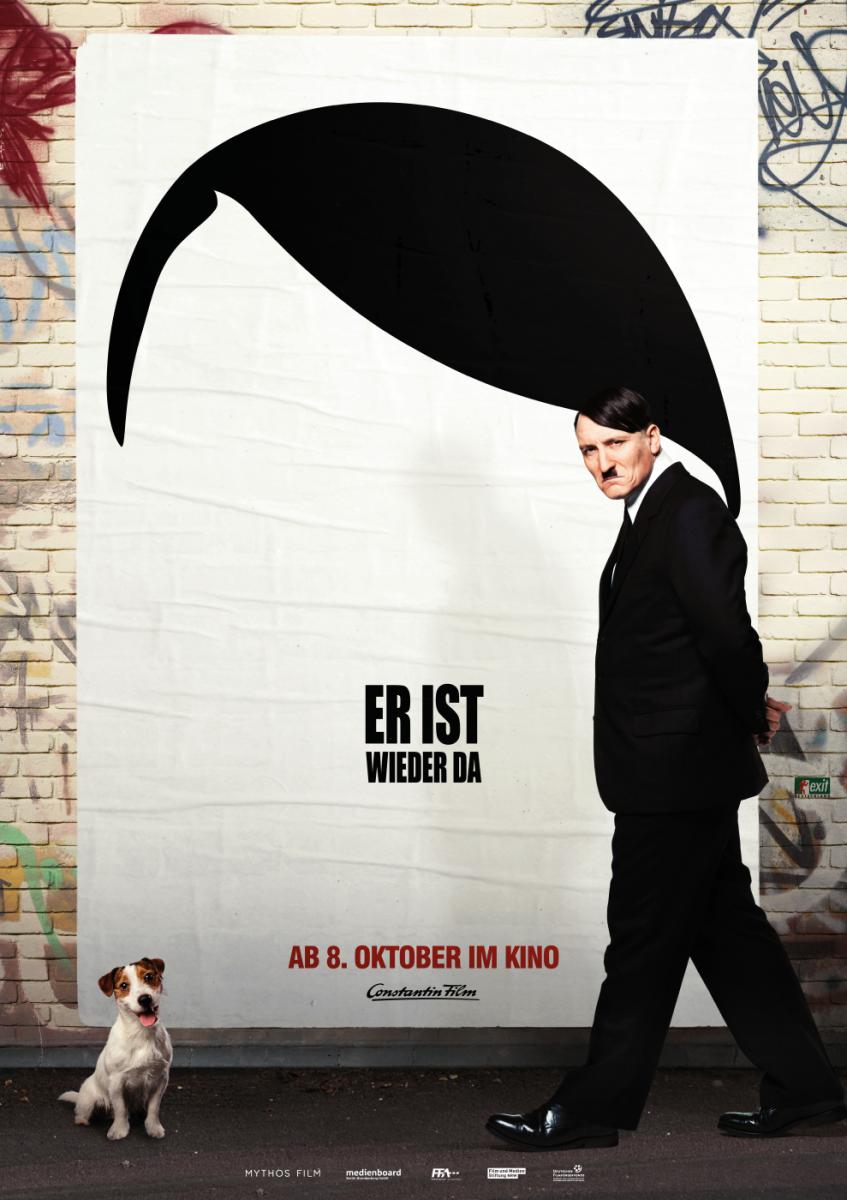 The idea of reviving a historical figure to return from the dead to our own time period is not new. Many novels and films have dealt with this premise before though usually they focus on the return of someone likable. In the German film
The idea of reviving a historical figure to return from the dead to our own time period is not new. Many novels and films have dealt with this premise before though usually they focus on the return of someone likable. In the German film 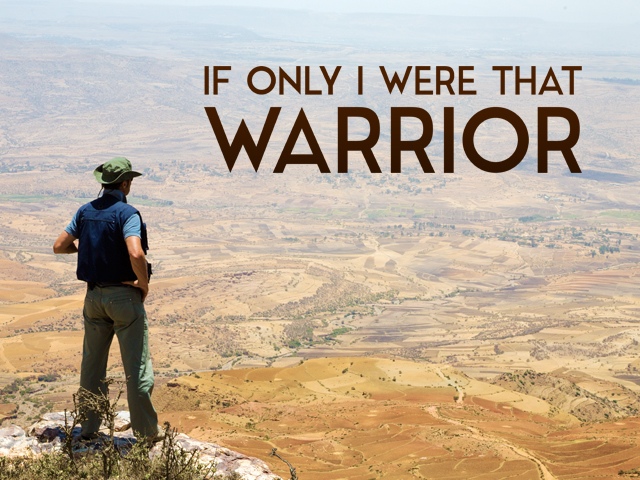 On Saturday, February 20th the Italian Cultural Center of Minneapolis & St. Paul presented
On Saturday, February 20th the Italian Cultural Center of Minneapolis & St. Paul presented 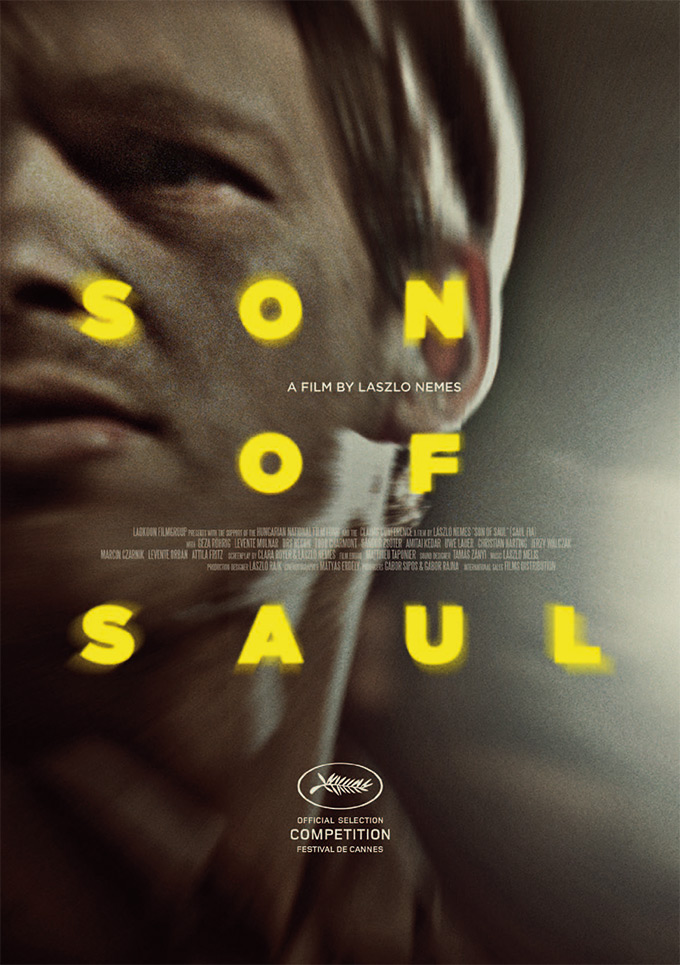 Son of Saul is a film about a member of the
Son of Saul is a film about a member of the  Pertinent to contemporary demands for reparations from Turkey is the relationship between law and property in connection with the Armenian Genocide. This book examines the confiscation of Armenian properties during the genocide and subsequent attempts to retain seized Armenian wealth. Through the close analysis of laws and treaties, it reveals that decrees issued during the genocide constitute central pillars of the Turkish system of property rights, retaining their legal validity, and although Turkey has acceded through international agreements to return Armenian properties, it continues to refuse to do so. The book demonstrates that genocides do not depend on the abolition of the legal system and elimination of rights, but that, on the contrary, the perpetrators of genocide manipulate the legal system to facilitate their plans.
Pertinent to contemporary demands for reparations from Turkey is the relationship between law and property in connection with the Armenian Genocide. This book examines the confiscation of Armenian properties during the genocide and subsequent attempts to retain seized Armenian wealth. Through the close analysis of laws and treaties, it reveals that decrees issued during the genocide constitute central pillars of the Turkish system of property rights, retaining their legal validity, and although Turkey has acceded through international agreements to return Armenian properties, it continues to refuse to do so. The book demonstrates that genocides do not depend on the abolition of the legal system and elimination of rights, but that, on the contrary, the perpetrators of genocide manipulate the legal system to facilitate their plans.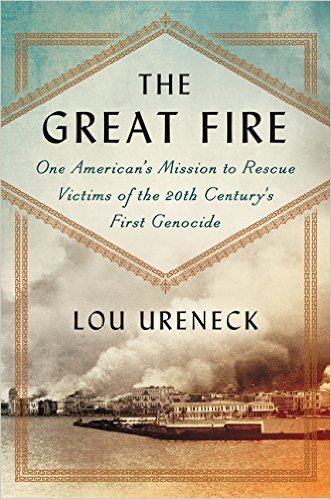
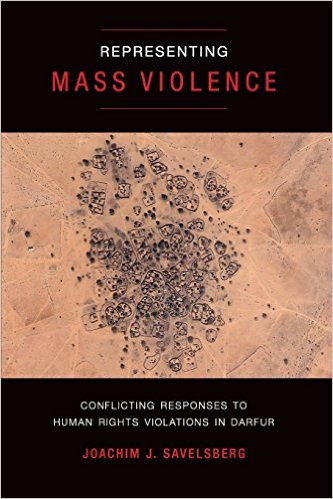 How do interventions by the UN Security Council and the International Criminal Court influence representations of mass violence? What images arise instead from the humanitarianism and diplomacy fields? How are these competing perspectives communicated to the public via mass media? Zooming in on the case of Darfur, Joachim J. Savelsberg analyzes more than three thousand news reports and opinion pieces and interviews leading newspaper correspondents, NGO experts, and foreign ministry officials from eight countries to show the dramatic differences in the framing of mass violence around the world and across social fields.
How do interventions by the UN Security Council and the International Criminal Court influence representations of mass violence? What images arise instead from the humanitarianism and diplomacy fields? How are these competing perspectives communicated to the public via mass media? Zooming in on the case of Darfur, Joachim J. Savelsberg analyzes more than three thousand news reports and opinion pieces and interviews leading newspaper correspondents, NGO experts, and foreign ministry officials from eight countries to show the dramatic differences in the framing of mass violence around the world and across social fields.